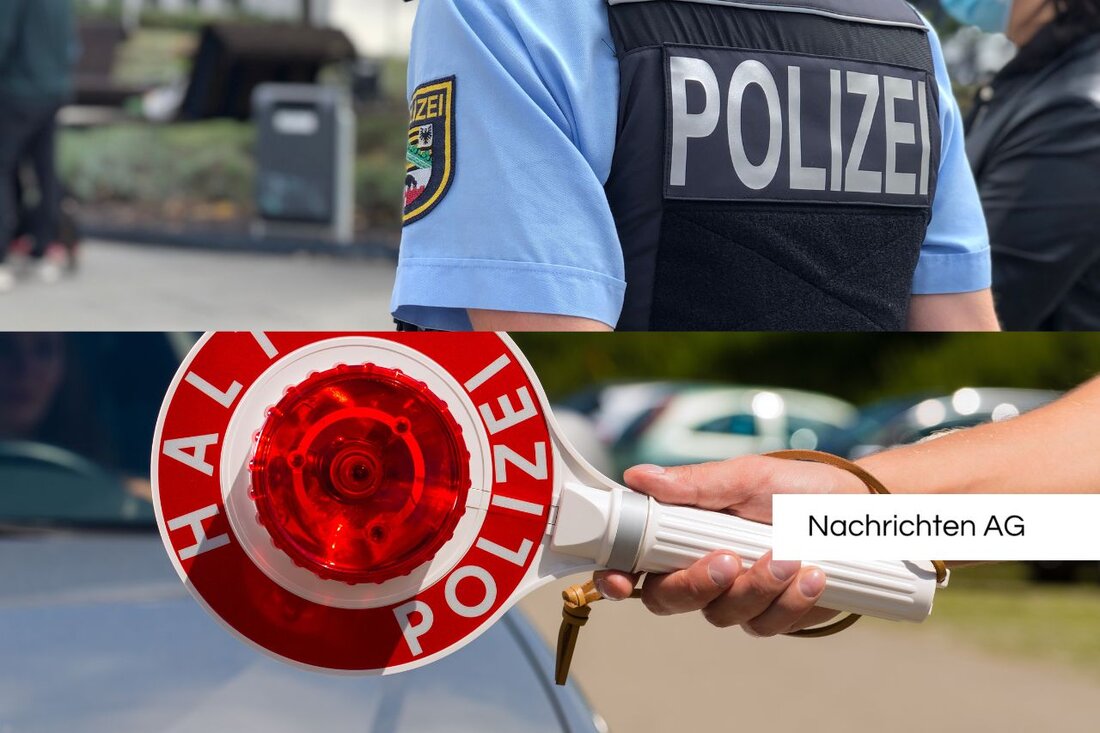Frechener Bach: Renaturation stalls - where is the water?
Frechener Bach: Renaturation stalls - where is the water?
Frechen, Deutschland - In the Junkersdorf district of Cologne, the Frechener Bach was redesigned as part of a comprehensive renaturation project. According to the Kölner Stadt-Anzeiger this was mainly done to improve the ecological condition of the water and to create a waters. The renaturation includes the design of a new, wider brook bed, but the end piece east of the pedestrian bridge remains unused, which causes confusion among residents.
The Frechener Bach has a long story that goes back to the Middle Ages when he supplied the city of Frechen with drinking water. However, coal breakdown led to the stream dried up and ultimately transformed into a sewer, into which industrial waters were initiated. With the construction of a sewage treatment plant in the 1950s, the condition should be improved by leading the water back into the stream.
challenges of the renaturation
A decisive element of the renaturation is the control of the water flow. In the Environmental Federal Agency it is emphasized that natural floating waters offer numerous ecological advantages, such as increasing quality of life and protection against floods. In order to achieve these goals, however, existing structural restrictions must be removed for renaturation projects.
The city drainage companies (Steb) have therefore planned to create the flow cross section of the stream in the upper water sections in the vegetation -free period. A regular cut of the cross -section is intended to ensure that the water can flow effectively even under different conditions. Furthermore, the choice of plants is decisive, since wild -growing alder in the water run is gradually removed and planted on other waters.
perspectives for the future
Another problem remains the evaporation of the water, which is a challenge, especially in hot times. Since the water comes from a sewage treatment plant, it is important that it does not get into the groundwater. The city currently approved a maximum amount of six liters per second, which can reach the new stream bed in the outer green belt. Although this regulation ensures a certain amount of control, it wonders how the water flow can be ensured in the long term to ensure continuous filling.
For a sustainable effective renaturation, larger collecting pools are necessary, which are able to guide water into the system. This would not only stabilize the hydrology of the stream, but also help to promote the biological balance in and around the stream. In the sense of holistic development, it is crucial to integrate all affected actors, such as cities, municipalities and citizens' initiatives, in the process in order to achieve a natural design of the rivers and streams.
Overall, the renaturation project on the Frechener Bach shows how important it is to keep water in a state of nature as possible in order to maximize ecological and social benefits for society. It remains to be seen to what extent the measures will be successful in the long term and whether the residents can support the efforts around the Frechener Bach.
| Details | |
|---|---|
| Ort | Frechen, Deutschland |
| Quellen | |


Kommentare (0)